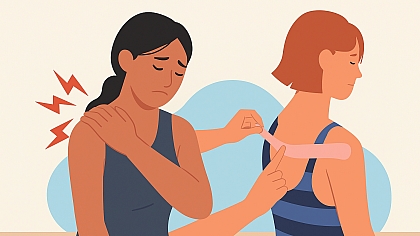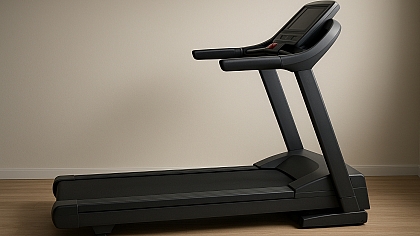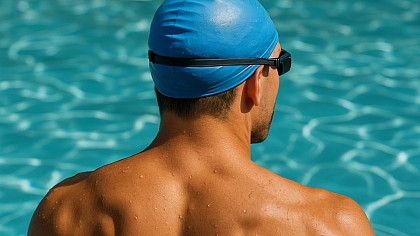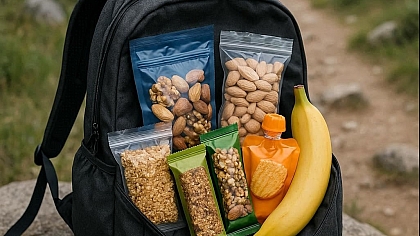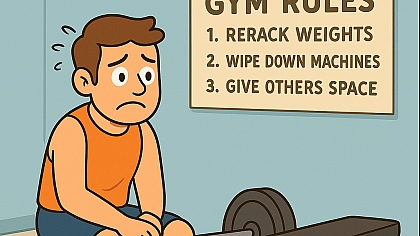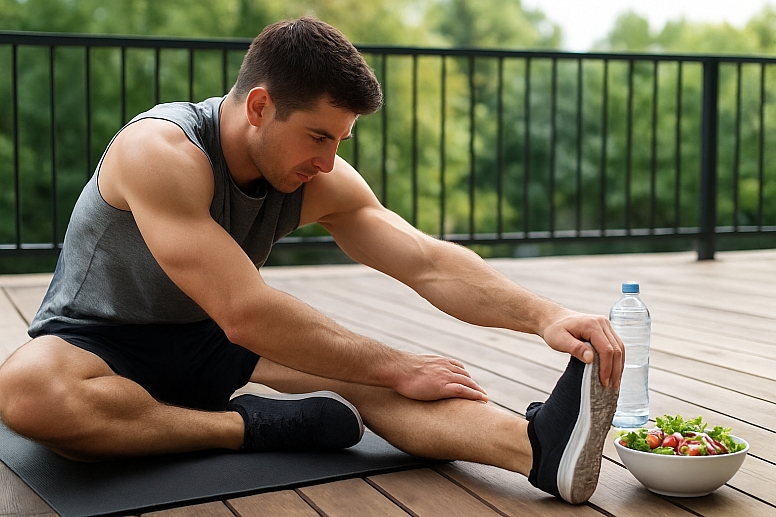
Post-Workout Recovery: Stretches, Hydration & Nutrition
The Blueprint for Bouncing Back
Effective post-workout recovery is how your body gets stronger and fitter. It repairs muscle tissue and replenishes energy stores. The process relies on three pillars: refueling with the right nutrients, rehydrating with fluids, and restoring mobility through stretching. Ignoring recovery can lead to fatigue, soreness, and stalled progress. A simple, consistent routine makes a dramatic difference.
Why Recovery Matters More Than You Think
Exercise creates microscopic tears in your muscle fibers. This is a normal and desired effect. The repair process is what ultimately builds stronger muscles. Recovery provides your body with the tools it needs to complete this repair job efficiently. Without it, you break your body down without building it back up.
The First Hour: Your Recovery Window
The 60 minutes after you finish exercising are crucial. Your body is primed to absorb nutrients and fluids to start the repair process. This is not a hard deadline, but sooner is better.
Step 1: Rehydrate and Refuel
Your body has used its stored energy (glycogen) and lost fluids through sweat. Replacing these is the top priority.
-
Hydration: Drink water. For intense or long workouts, especially in heat, you might need more than water. Electrolyte drinks or even chocolate milk can help replace lost sodium, potassium, and glycogen.
-
How much? A good rule is to drink 16-24 ounces of fluid for every pound of body weight lost during exercise.
-
Nutrition: Eat a snack or meal containing both carbohydrates and protein.
- Carbohydrates restock your energy stores.
- Protein provides the amino acids needed to repair and rebuild muscle tissue.
-
Simple ideas: Greek yogurt with berries, a protein shake, a turkey sandwich on whole wheat, or an apple with peanut butter.
Step 2: Dynamic and Static Stretching
Stretching after your workout helps to lower your heart rate gradually, improve flexibility, and reduce feelings of stiffness later on.
- Dynamic vs. Static: Save dynamic stretches (like leg swings or arm circles) for your warm-up. After your workout, focus on static stretches, where you hold a position for a length of time.
- How to do it: Hold each stretch for 15-30 seconds. You should feel a gentle pull, not pain. Breathe deeply and relax into the stretch. Do not bounce.
Key Muscle Groups to Target:
- Hamstrings: Sit on the floor with one leg straight and the other bent. Gently lean forward toward the foot of your straight leg.
- Quadriceps: Stand and hold onto a wall for balance. Pull one heel toward your glute, keeping your knees together.
- Hip Flexors: Kneel on one knee with the other foot flat on the floor in front of you. Gently push your hips forward until you feel a stretch in the front of your hip.
- Chest: Stand in a doorway and place your forearms on the frame. Step forward gently until you feel a stretch across your chest.
- Back: Lie on your back and pull your knees to your chest, hugging them gently.
Beyond the Basics: Supporting Your Recovery

What you do for the rest of the day matters just as much.
- Sleep: This is the most powerful recovery tool you have. Your body does the majority of its repair work while you are in deep sleep. Aim for 7-9 hours of quality sleep.
- Light Movement: Active recovery, like a gentle walk, a slow bike ride, or easy swimming the day after a hard workout, can be more beneficial than complete rest. It promotes blood flow, which delivers nutrients to your muscles and helps clear waste products that contribute to soreness.
- Listen to Your Body: Some muscle soreness 24-48 hours after a workout (Delayed Onset Muscle Soreness or DOMS) is normal. Sharp, intense pain is not. Learn the difference and rest or seek advice if you feel true pain.
A Sample Post-Workout Routine
Here is what to do immediately after you finish your last rep or cool down your run:
- 0-5 minutes: Slow your breathing with a gentle walk. Drink 8-16 ounces of water.
- 5-15 minutes: Perform 3-4 static stretches for your major muscle groups, holding each for 30 seconds.
- Within 60 minutes: Eat a recovery snack or meal containing protein and carbs.
- Throughout the day: Continue sipping water. Plan for a good night's sleep.
The Smart Way to Get Stronger
Recovery is not passive; it is an active part of your training. It is the work you do away from the gym that allows you to perform better in the gym. By dedicating time to refuel, rehydrate, and stretch, you are investing in your next workout.
Your muscles have done the work. Now give them what they need to grow.
Frequently Asked Questions
What if I'm not hungry after a workout? Even if you are not hungry, your body still needs fuel. Try a liquid option like a protein shake or smoothie, which is often easier to consume than solid food.
How long should I wait to stretch after a workout? It is best to do your static stretching immediately after your workout, while your muscles are still very warm.
Is it bad to feel sore? Mild to moderate soreness is normal and a sign your muscles are adapting. Severe pain that limits your movement is a sign you may have overdone it and should rest.
Do I need expensive recovery drinks? For most people, no. Whole foods and water are perfectly sufficient. Recovery drinks can be convenient after very long or intense sessions, but they are not a necessity.
Can I just use a foam roller instead of stretching? Foam rolling (self-myofascial release) is an excellent addition to your routine. It helps release muscle tightness. Think of it as a complement to stretching, not a replacement. Doing both is ideal.

